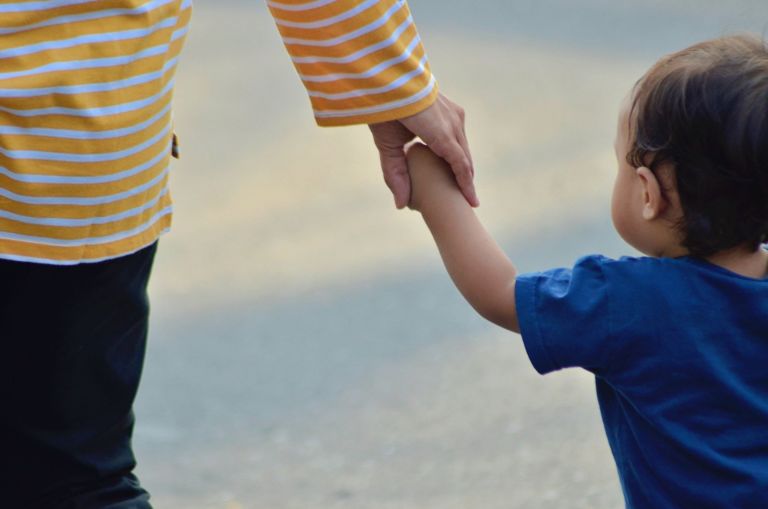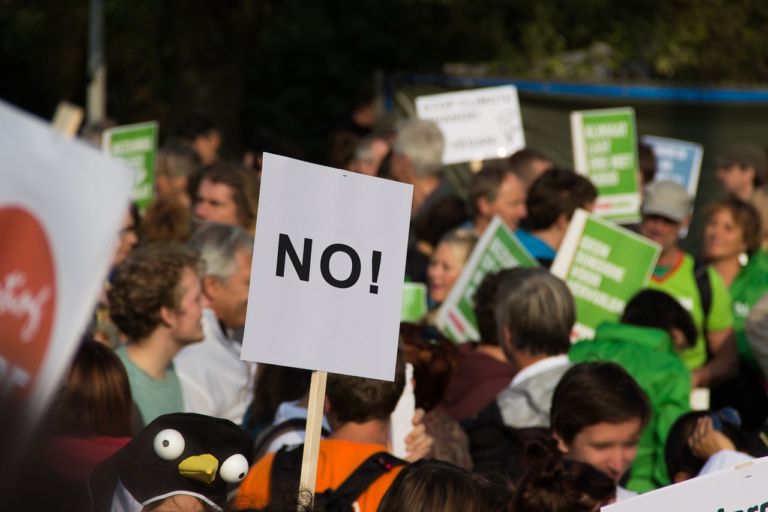Charles Fain Lehman of the Washington Free Beacon reports the latest disturbing news linked to American fertility.
The average American woman can expect to have fewer kids today than at any point in at least the last half century, new data released Wednesday by the Centers for Disease Control and Prevention show.
This fertility decline, ongoing for more than ten years now, is indicative of not only the aftershocks of the Great Recession but also of a seismic shift in how Americans think about marriage and family.
According to the CDC, American women gave birth to 3,788,235 babies in 2018. That number is roughly 2 percent lower than 2017; there have been fewer births every year since 2014. In fact, 2017 marks the lowest number of births since 1986.
But these raw numbers mask a more substantive decline. If the number of women grows, then the number of births will grow, even if the number of births per mom (aka the “birth rate”) declines. What is more, the age composition of the population affects frequency of births too. …
… Although women have fewer babies today than they did 50 years ago, there has not been an uninterrupted decline. As recently as 2007, TFR was above the “replacement rate,” the number of children each woman needs to have to replace herself and her husband in the next generation. This number is usually pegged at 2.1—for two parents plus accounting for child mortality—in the developed world. In 2007, women could expect 2.12 babies over their lifetime on average.
Then came the Great Recession, and with it economic hardship, uncertainty, and consequently lower fertility. However, while the economy has rebounded from the bust, fertility has not. America is seeing a baby-less recovery, a phenomenon which may reveal deeper tensions in 21st-century family life merely brought to the surface by the recession.


